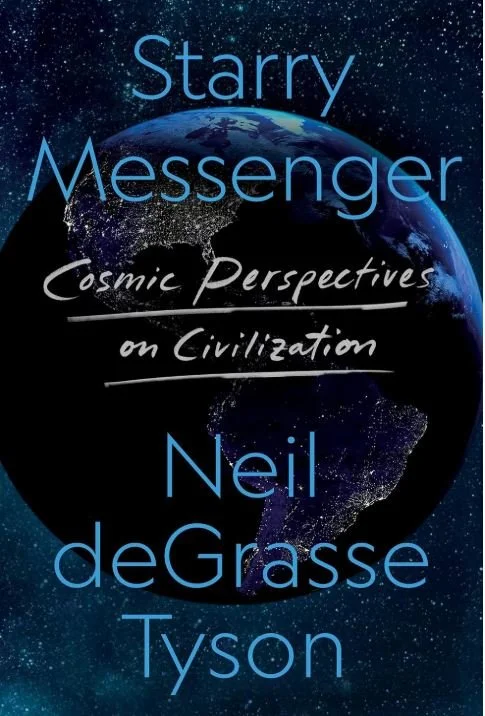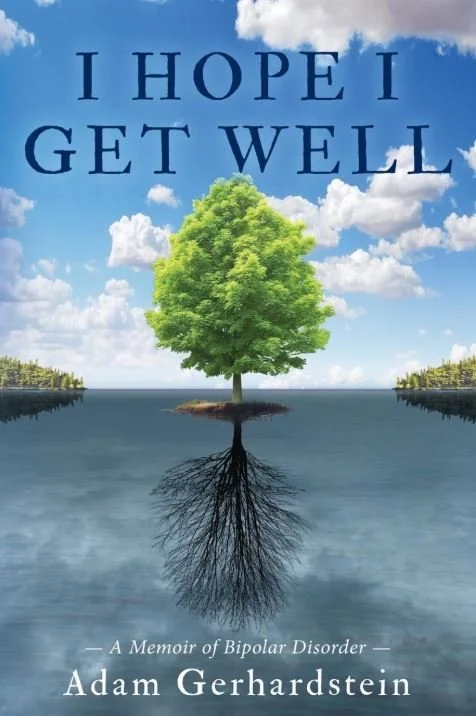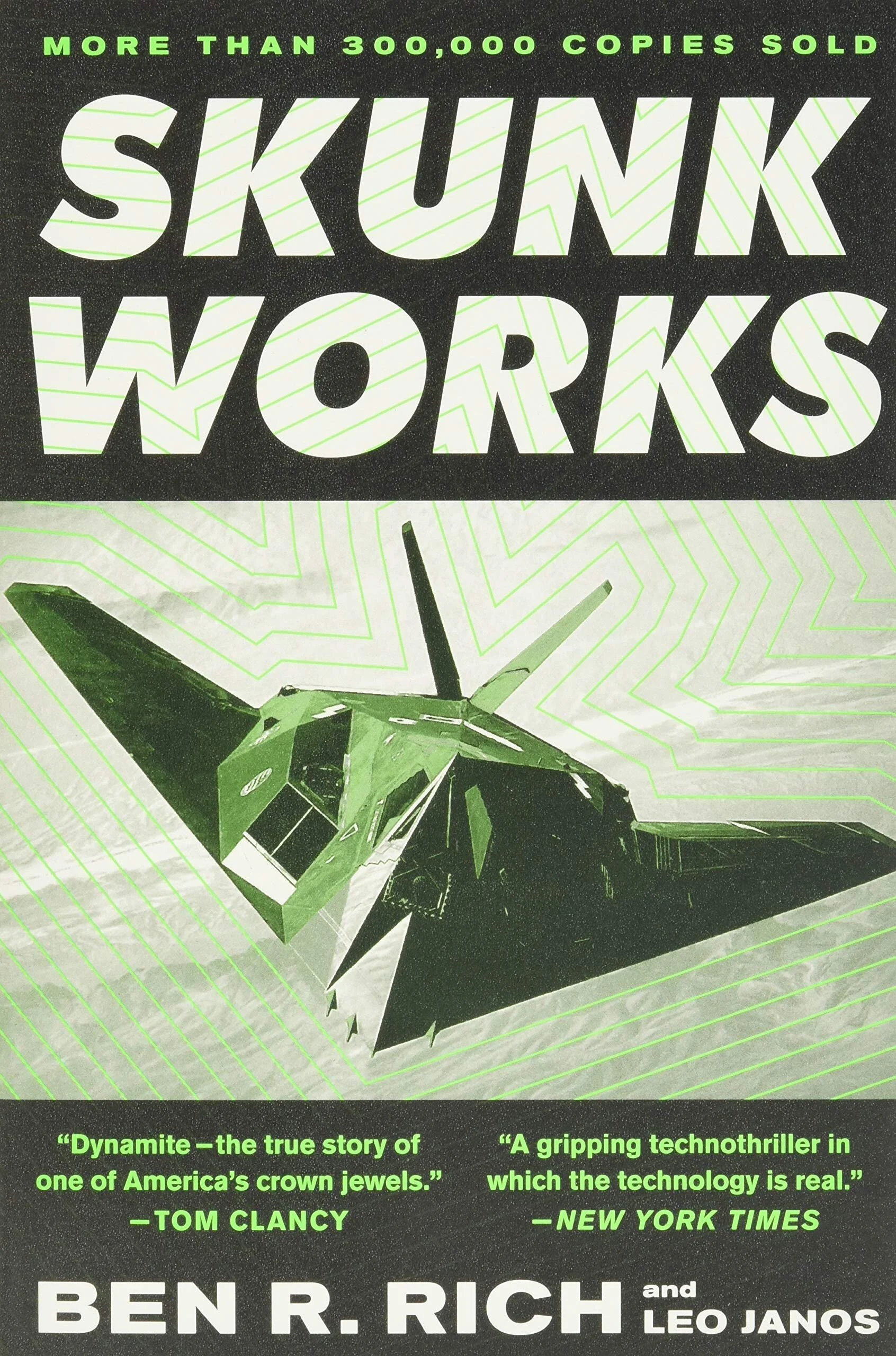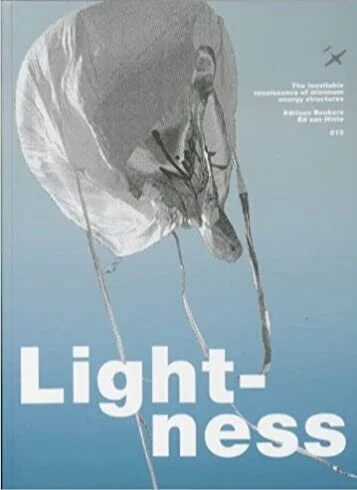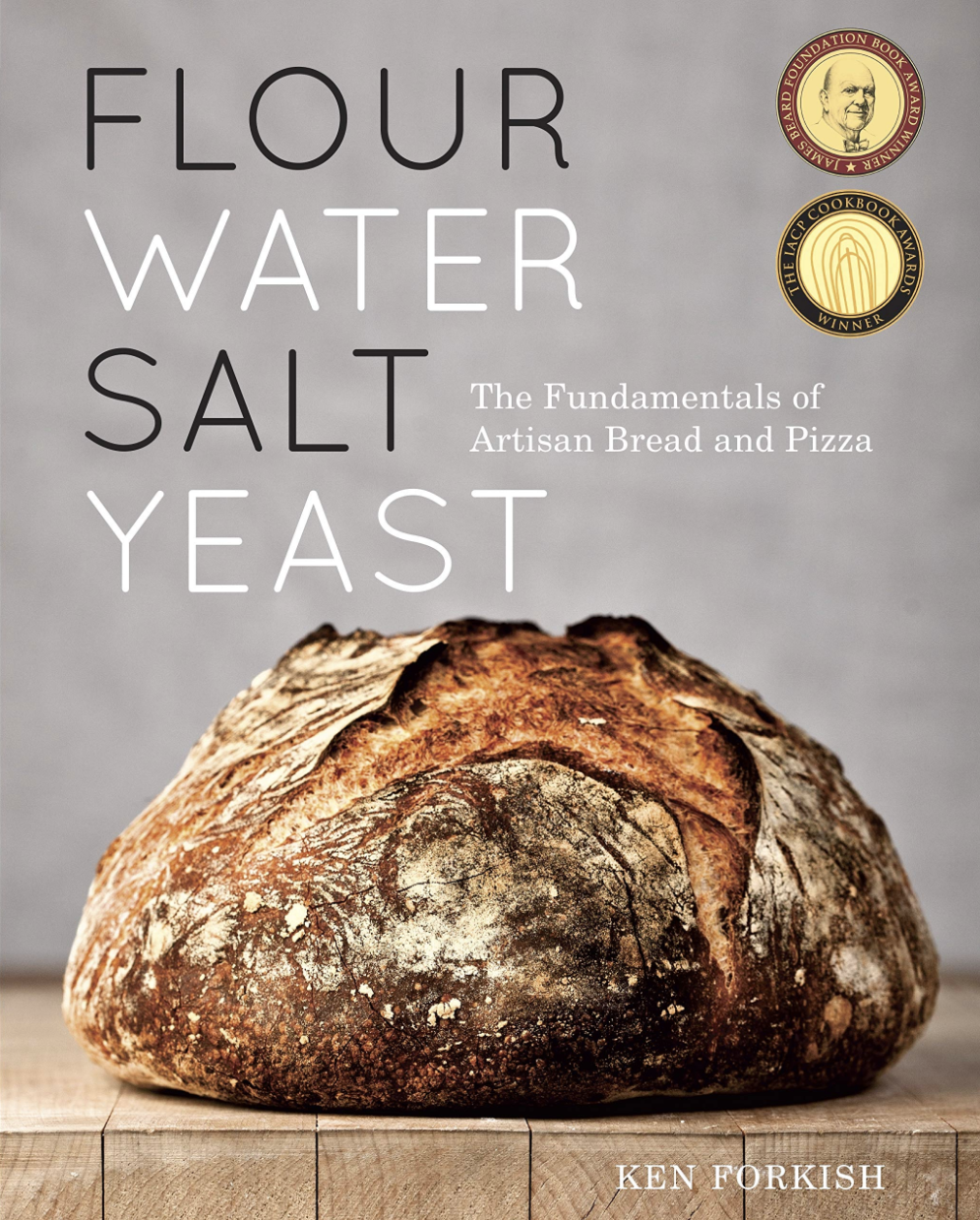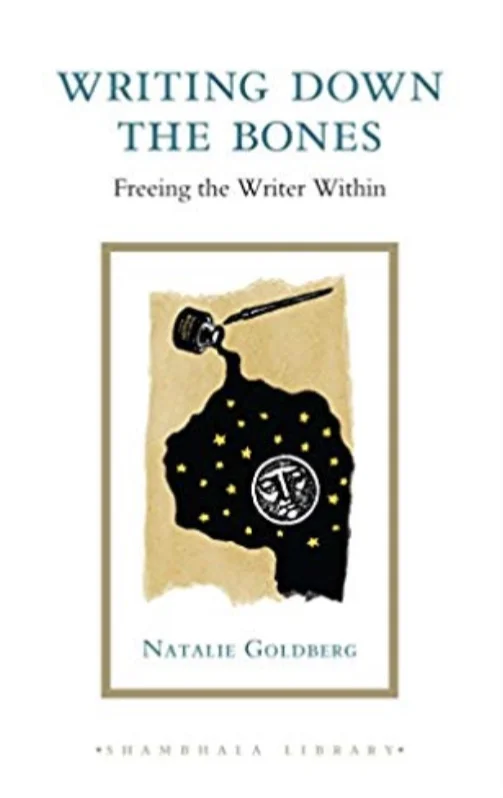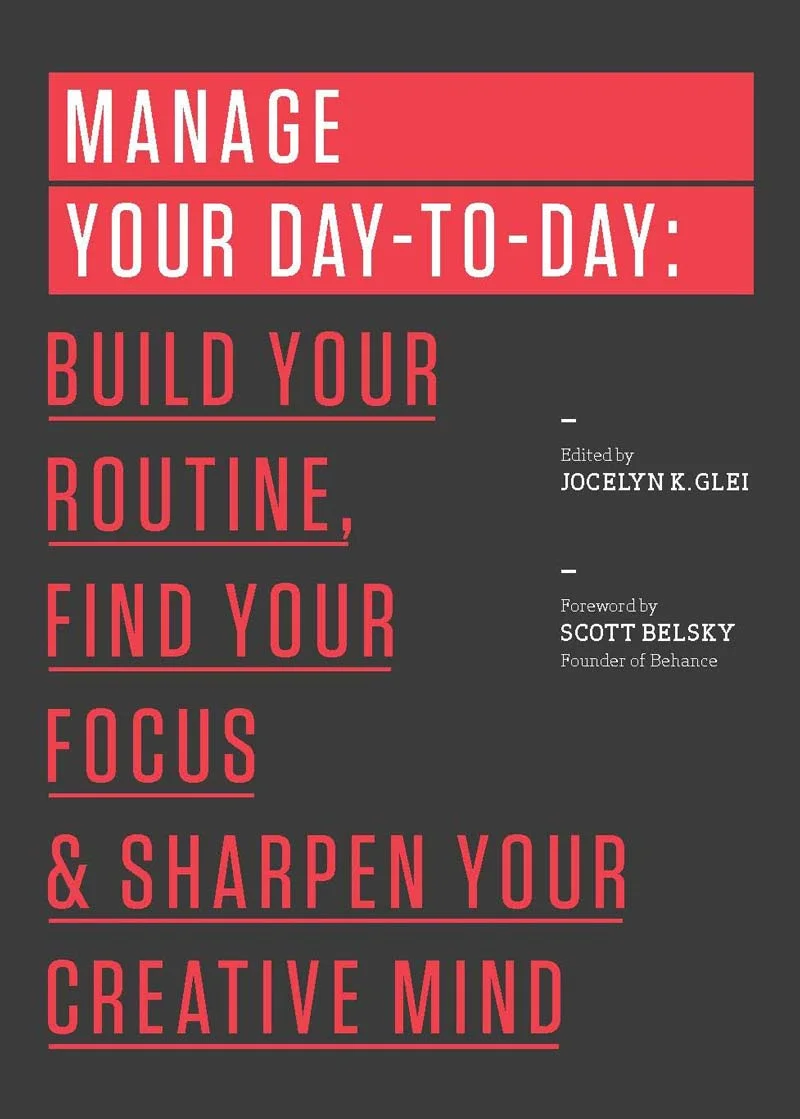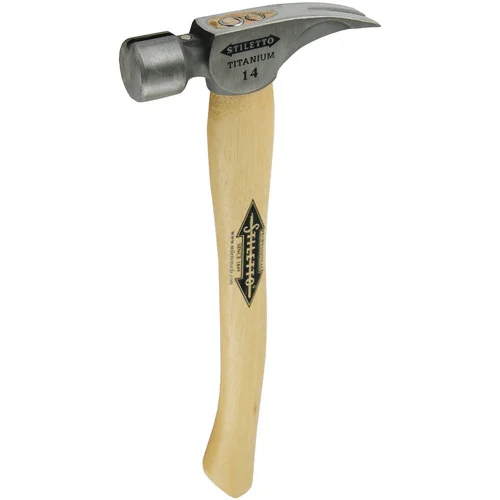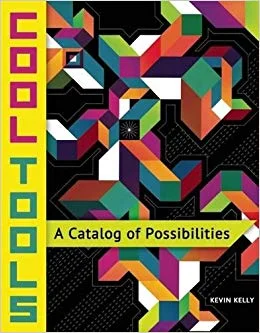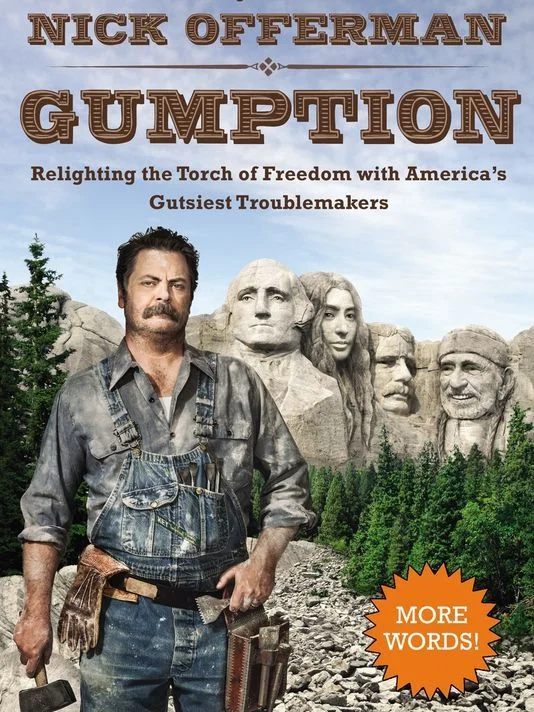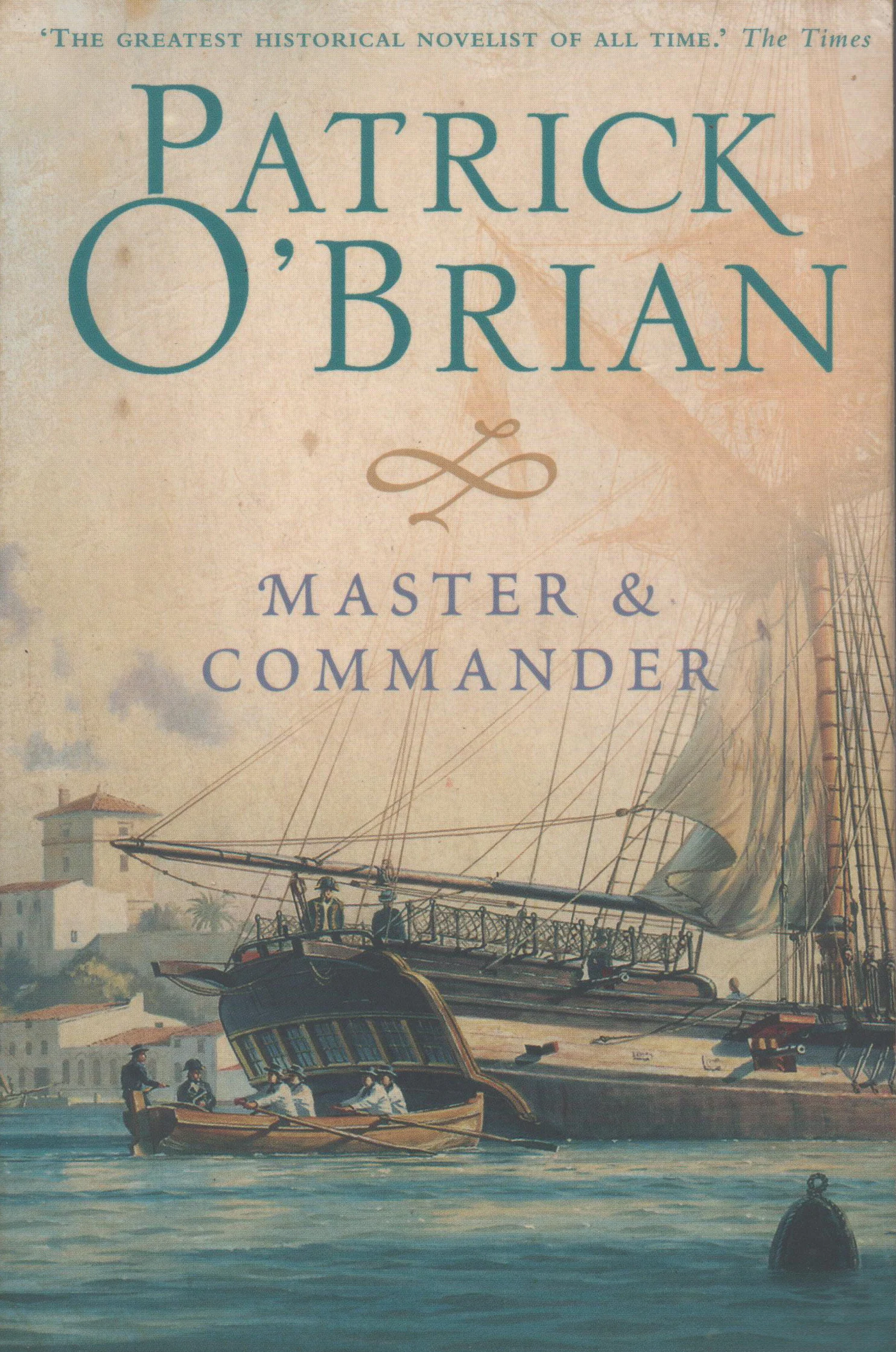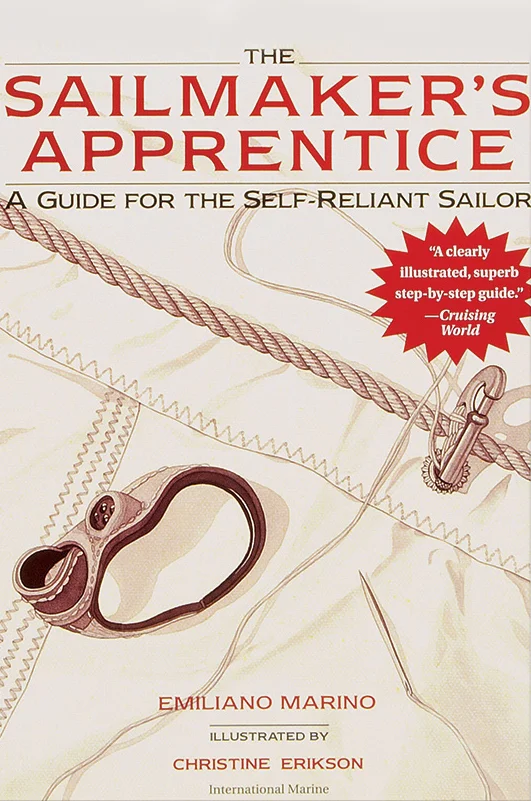Welcome to The Commonplace.
This is where we highlight books, ideas, and products that we've run across in the course of our work. We use this area to document these items for sharing and future reference. A Commonplace Book is simply a collection of thoughts, insights and references used to inform new ideas. This page includes a handful of references (e.g. books, items, quotes) we’ve gathered that inform or were informed by our work and experience. A glimpse at the following items will hopefully give you a better window into who we are, and how we think.
To make it easy for you to grab a few of these references for yourself, we’ve provided Amazon and other links that will take you right to them. Note: Some of these links are affiliate links. If you click and purchase the items, we will receive a small fee from Amazon (not you).
If you share an interest in any of what you see in The Commonplace, please reach out and let us know — we'd love to talk with you.
“A book into which notable extracts from other works are copied for personal use.”
History may remember this as the most important little book of the decade — if anyone reads it. In a time when popularity is mistaken for truth and real-life, world-altering decisions are made by the madness of an ill-informed crowd, this book is a much-needed dose of rationality and perspective.
This captivating memoir vividly captures the experiences of a young man living with bipolar disorder, conveyed through the eyes of the author — then and now. This book was so compelling, I read it in one all-night session. It transported me into the mind of another person in a way no other book has. If you’re looking for an out-of-body experience to convey a sense of understanding and perspective, this book is for you.
This book opened my eyes to what a small team can do in a short time if they are dedicated to the mission and masters of their craft. It’s an inspiring read for anyone who’s interested in the history of technical innovation in aerospace or in learning more about the Skunkworks philosophy.
Sister book to Lightness, this is also an inspiring consolidation of ideas on structural optimization, but this one focuses solely on transportation. If you also share a passion for sustainable transportation, this is the book for you. You’ll likely only be able to find this book used, but it’s absolutely worth the effort!
An inspiring consolidation of ideas and technologies around the subject of structural optimization in many fields — primarily architecture. Though difficult to find and somewhat challenging to read (you’ve never seen captions like these!), this book will be an absolute inspiration for anyone interested in the pursuit of structural purity and performance.
With our singular focus on NPD, it’s sometimes easy to forget that the same tools we use to develop new products, packages and medical devices have been used by the most innovative organizations on the planet to inspire some of the greatest achievements of humanity. The Art of NASA is a powerful and inspiring reminder of how powerful are the tools of design.
If you’re interested in a brilliant coffee table book with rich visuals and a tangible reminder of design’s power to inspire intellectual and scientific greatness, click here to buy this title on Amazon.
It’s no overstatement to say that this book is life-changing. I had been screwing around with bread baking for years with almost zero success. When this book was recommended by Allez Bakery owner Thomas McKenna, I had essentially given up on ever being able to bake an airy, crusty, delicious loaf of bread. This book taught me to think of bread-making as a fermentation process. (And as someone who regularly makes 3 - 5 gallon batches of homemade kimchi and home-brewed beer, this revelation was mind-blowing!)
Perhaps equally important — and unlike other cookbooks I’ve read — Flour Water Salt Yeast is written to truly educate its reader rather than provide rote instructions. For just one example, ingredients are listed in such a way as to allow the reader to compare recipes at a glance and to develop an understanding of how the proportions of each recipe — combined with temperature, humidity and time — can be adjusted to achieve different results. (it sort of reminds me of how tables of offsets are used to describe boat hulls.)
If you’ve always wanted to make amazing bread, pick this book up immediately. Click here to buy on Amazon.
This may be the most important piece of equipment in our shop. It was one of the first pieces of office equipment we purchased when we started Pixel & Timber, and it’s been reliably cranking out outstanding espresso ever since.
I really can’t recommend this machine highly enough. This device is so awesome, I picked up a second one when the pandemic forced me to work from home.
The Delonghi Magnifica is the answer to the coffee/convenience/waste conundrum. It makes an amazing cup of espresso with a nice head of crema, at the press of a button. You can use whole beans from your local artisanal roaster, so you’ll never be limited to the junk you can buy in pods or at the supermarket. The coffee this machine produces is 100x better than a Keurig, with less waste and greater convenience.
Does the machine cost more? Sure. Quality costs money. And I don’t want to hear any more nonsense about how the one cup convenience of a Keurig or Nespresso is worth the waste. This thing produces better coffee from better beans without the packaging waste. Just do it. Working from home? Sounds like an office expense to me. Click here to buy on Amazon.
I refer a lot of new inventors to this book. It’s been on and off my shelf for a decade (the old edition, anyway), and I’ve lent and lost more than a few copies to students and clients. This book is an essential resource for entrepreneurs assembling their pitch decks. It includes a handful of useful tools for new and experienced entrepreneurs, including an outstanding set of pitch deck templates. And that’s just the 1.0 edition! The new version has been updated with all kinds of new content, including a section on crowdfunding! This book is an essential resource for all new product entrepreneurs. Click here to buy on Amazon.
How entrepreneurship and a midwestern work ethic changed the course of human history. Click here to buy on Amazon.
A comprehensive and accessible book on the subject of Tenkara fly fishing. Like the philosophy that underpins many of the books in this list, Tenkara celebrates the idea that "the more you know, the less you need." In this short text, Yvon Chouinard unpacks this simple fishing technique and the tools and techniques that make it beautiful. Click here to buy on Amazon.
This is currently my favorite book of 2019 and for good reason: It is decidedly contrary to pretty much every piece of modern advice about working in a creative field, and defends its position succinctly. While not quite demanding we become luddite hermits, it does encourage those of us that are in creative jobs to “go into airplane mode” more often, get fresh air, change your mind, and seek the long view. That last piece of advice has stuck with me every day since reading it. We are submerged in a culture of “overnight” successes and daily encouragement to share our newest work for the sake of “posting for our personal brand.” Kleon, in this brief book lays out why we might make better work (and communities) if we slow down a bit, and aim for creating in a time frame much larger than today’s Instagram story feed. Click here to buy on Amazon.
Some see creativity as a fickle muse, one that comes and goes on a whim, without any control or reason. Twyla Tharp, in this aptly subtitled “Practical Guide,” sets out to prove that wrong. Creativity is a habit that is practiced and nurtured through repetition and environment, not by an amorphous notion of “inspiration.” Tharp’s combination of solid advice and exercises along with her delightful personal stories as a legendary choreographer make this an easy read. And since I discovered this book in college, I’ve turned back to it whenever I’m in a rut, and it consistently breaks my brain wide open and gets me back into practice. Click here to buy on Amazon.
I love poring over this book and dreaming up building my own thru-hiking setup. The approach Ray Jardine takes to lightweight backpacking, “The Ray Way” as it’s known, at first seems a little extreme and dangerous — eschewing weight at all costs means going without some extra REI bells and whistles. But the gain is also extremely appealing: speed and enjoyment. By leveraging knowledge, planning, and an adaptable set of choice equipment, one can enjoy natural trails without the feeling of lugging heavy boots and bags every inch of the way. I’ve not built my own “ray way” backpack yet, but I’ve definitely lightened up my hiking gear and it’s made all the difference. Click here to buy on Amazon.
Natalie Goldberg takes a gentle, no-nonsense approach to the craft of writing that removes the pressure of the blank page and reminds readers that writing, like all skills, is a practice. Goldberg sees writing through a zen-like lens that is unlike other books about writing — and that means a lot of the lessons learned are applicable to other creative fields. Having read this book a few times over the last decade, the biggest takeaway for me is always the concept of morning pages, and it has changed the way I start my day. Click here to buy on Amazon.
When my brother bought me a bottle of this for an upcoming woods trip, he described it as “peaty” and, I believe, “challenging.” I didn’t expect to like it (and I admit that first taste was staggering), but Laphroaig has grown on me. I don’t know if it’s the imagery the brand evokes or the memories of the freezing, rain-soaked trip on which I first tasted it, but this stuff makes me think of cold weather and warm conversations with friends around a campfire.
This amazing children’s book charts the historic Apollo 11 moon landing mission with beautiful illustrations and simple, evocative prose. Moonshot is the perfect bedtime book for a space-obsessed kiddo. Even after the twentieth (?!) reading, it’s still outstanding! Click here to buy on Amazon.
Like the title suggests, this book encourages the reader to put their day to day life under the microscope and come to terms with the fact that today, the world moves at breakneck speeds often leaving us bouncing from one distraction to the next. Co-authored by 20 of the business worlds best creative minds, Manage Your Day to Day arms you with actionable tips, tricks, and insights to help you maximize your time and make the most of every opportunity you get in a day. If you feel like you always have to be in two places at once and can’t seem to make progress on your ever growing to-do list, log out of your email, silence your phone, and give this book a read. Click here to buy on Amazon.
If you’re like me, you’ve been struggling with this question your whole professional life: get creative fulfillment from a fulfilling (but likely low-paying) job or punch the clock at a soulless (but likely high-paying) job and get fulfillment elsewhere. This book not only highlights the improbability of achieving happiness through the latter, it discusses the meaning of and methods to achieve happiness through what author Mihaly Csikszentmihalyi calls “optimal experience.” Click here to buy on Amazon.
Brandon’s Take — A hearty recommendation from myself as well. Flow changed my view on restructuring the tasks in my day re: what deserves automation vs. deep thinking. When you finally know why some tasks are inherently boring for you and others are truly challenging but also invigorating, it starts to reframe your outlook on your entire career path.
This book contains a sweeping exploration of the history of organizations and offers inspiring suggestions around which to craft a new business based on equity, accountability and self-management. This book describes the organizational model we always hoped businesses would be based on and gives it a name — teal. (It also provides a hauntingly familiar description of “red” businesses, which we’ve also experienced.) We’ve built Pixel and Timber around the philosophies and methods described in this book. I absolutely recommend it to anyone who is building a new business or seeking to change the culture of the one they’re in. Click here to buy on Amazon.
We’re not suggesting that everyone should spend $100 on a hammer, but Stiletto hammers epitomize the idea of buying quality once. This 14oz titanium head hits as hard as its 24oz steel counterpart and is sure to last a life time. In the event that you have $100 and need to set a nail, look no further. Click here to buy on Amazon.
While I haven’t sought out a desert shaman, or decided to start microdosing during a brainstorm, this book has opened up my mind to a very different perception of what consciousness really is. Pollan explores these questionably legal drugs (and his guided experiences on them) with the same scientific and emotional detail as his other tamer works on food and nature. While these drugs are already in use to help adjust moods and behaviors for those experiencing a chemical imbalance, Pollan makes a great case for their general therapeutic use to help us all be more empathetic, mindful, and appreciative. Click here to buy on Amazon.
No. It is not a book. Still, this brilliant kit from LEGO is the perfect way to indoctrinate your three year old into the world of sailing — and LEGOs! The set provides two great models with mechanical steering and sail handling — and it looks a lot like a Volvo Ocean 65. Check it out! Click here to buy on Amazon.
A quite literal spiritual successor to The Whole Earth Catalog, “Cool Tools” is a book form of the website by the same name, both by writer Kevin Kelly. Kelly captures the same DIY feel and breadth of “the catalog” but with modern recommendations. This giant coffee table book is a great gift for curious kids (and adults), and is perfect for poring over on a rainy afternoon — just be prepared to find yourself saying “Huh! I had no idea that exists!” and then heading to the internet to buy whatever clever tool you’ve just discovered. Click here to buy on Amazon.
I had been running across reverential mentions of “the catalog” multiple times in the last few months in books and podcasts, so I jumped on eBay and picked up a yellowed, 72’ copy for ten bucks. In addition to being a delightful proto-internet, “hippy” time-capsule to browse, it is still a great resource for book and tool recommendations on a vast array of subjects. While the sources for purchasing said recommendations have changed, the sound knowledge remains, and that may be the catalog’s most impressive trick. Definitely worth a look if you come across a copy.
It goes without saying that there are certainly some procedural expectations of organizations, especially mega-corps, but most of these “best practices” pre-date most of the big innovation that have helped shape today's workplace. If our world is different than it was, should’t our businesses also be different? Up The Organization takes everything we’ve grown to accept about organizational culture and turns it on its head; providing insights about how taking a different approach can help companies get more out of their employees, without sacrificing morale. Click here to buy on Amazon.
Unlike the growing body of writings that belabor the romance and nostalgia of making things by hand, Craeft explores the history and meaning of the concept itself. In it, Langlands describes the concept through the lenses of several ancient crafts (of which he is an actual practitioner) and from his perspective as an experimental archaeologist. This book has the depth and intelligence of Richard Sennett's The Craftsman but with an historical scope that spans millennia. Click here to buy on Amazon.
Still as relevant today as when it was published in 1971, this industrial design classic delivers a square kick in the teeth to every budding product designer by demanding they consider the responsibility they wield. This classic text opens one's eyes to the potential for both good and bad we have in the design profession. If you're in the business of designing products or even just buying new products (yep, that means you), and you haven't read it yet, please take this opportunity to do so! Click here to buy on Amazon.
The Hokule'a is a modern marvel: a Polynesian style sailboat that circumnavigated the globe in the span of two years without modern navigation technology. By reviving the nearly forgotten Polynesian wayfinding techniques, the Polynesian Voyaging Society preserved a culture and showed the world it was more than possible. More importantly, their story is a great example of the feats we can accomplish when we understand the natural world, work with it, and preserve it. It's an enthralling read with gorgeous photography! Click here to buy on Amazon.
Patagonia is a company that P&T admires for a number of reasons, to say nothing of their amazing products. This book brings their most admirable achievement — the globally responsible business of Patagonia itself — to the forefront. While not exactly a manual for how to run any business the way Patagonia does, it makes a great case for why one should try. Plus, the simple rules of thumb for culture and decision making, paired with examples of their genuine success are always motivating to return to when the day's events have you feeling down. Click here to buy on Amazon.
Nick Offerman uses Gumption to tell the stories of the 21 historical figures who have inspired him to grow into the Ron-Swanson-esque human we all know and love today. Throughout the book he weaves historical anecdotes with light hearted humor to reveal hard truths such as the fact that it's incredibly unlikely that a young George Washington could have chopped down a cherry tree using nothing but a hatchet and an abundance of youthful energy. It's a fun, thought provoking read that finds a way to draw parallels between seemingly unlikely bedfellows, like Ben Franklin and Yoko Ono. Plus, this book is heartily loved and endorsed by every member of P&T — so read it already! Patagonia is a company that P&T admires for a number of reasons, to say nothing of their amazing products. This book brings their most admirable achievement — the globally responsible business of Patagonia itself — to the forefront. While not exactly a manual for how to run any business the way Patagonia does, it makes a great case for why one should try. Plus, the simple rules of thumb for culture and decision making, paired with examples of their genuine success are always motivating to return to when the day's events have you feeling down. Click here to buy on Amazon.
Research shows that most people would rather have satisfaction than balance in their lives. But if that's the case, why is it that every big corporation talks about helping their employees find work-life balance? Employees don't burn out because they work too many hours, they burn out because they are working for something they don't believe in. Off-Balance leads readers through the author's journey of finding personal and professional satisfaction, not work-life balance. Click here to buy on Amazon.
Part storybook, part actionable advice — the Go-Getter was originally published 80+ years ago, but its content hardly feels dated. Kyne tells a tale of a young employee sent on a wild goose chase to complete an almost impossible task, and it's packed full of great motivational tidbits. The Go-Getter is a quick read, but it's one that inspires readers to always put forth the extra effort. Click here to buy on Amazon.
Written by a group of venture capitalists, this book points out the 4 common traits that have been observed in successful business builders: heart, smarts, guts, and luck. Each individual will favor one trait over the others, and the authors help you decipher if you are heart-dominant, smarts-dominant, guts-dominant, or maybe you tend to be in the right place at the right time — luck-dominant. Knowing which trait drives you can help you make better decisions, and perhaps most importantly, help you build the right team. Click here to buy on Amazon.
Originally published in the 5th century BC, The Art of War served as the fundamental military strategy text in east Asia. The text is divided into 13 chapters, each devoted to a specific aspect of warfare. In recent history it has gained popularity with applications in business strategy, legal tactics, and beyond. The wisdom and verbiage of Sun Tzu may be ancient, but the applications are as timely as ever. Click here to buy on Amazon.
Couched in a long and uncomfortable narrative, this book conveys probably the best description of Quality I've ever read. For better or worse, you can't just skip to the quality part. It's part of the ride. Click here to buy on Amazon.
Yes, they're novels. No description I can write will properly convey how fantastic they are. I recommend that you read every single one of them... Except the last. Click to buy the whole set on Amazon.
Good products teach their user how to use them. For books — traditional teaching tools — the bar for great teaching is higher. In addition to providing a fantastic written guide to making traditional and modern sails, including the fundamentals of sail design, broad-seaming, and sewing, this book guides the reader through a "Ditty Bag Apprenticeship" during which he/she completes a simple project that conveys many of the basic skills. Click to buy on Amazon.
This book puts into words thoughts that every designer has had around the subject of interconnectivity and elevates them to include science, art, religion... everything. It's typical E.O. Wilson brilliance but applied to an idea that will change the way you think about design. Click to buy on Amazon.
John Muir can wax poetic about exploring a forest better than any writer I've read to date. When I am frazzled and frustrated (and can't go for a hike myself), reading this is the next best path to calm. Click to buy on Amazon.
This shiny little book provides ten easily digestible guidelines around Maeda's philosophy of simplicity in product design. It serves as a great reminder (and loaner) for those of us who sometimes find it difficult to describe to others the beauty and benefits of simplicity. I've lent this to students more than any other book. (That is, I've had several copies. You know who you are.) Click to buy your own copy on Amazon.
A comprehensive and accessible book on the subject of Tenkara fly fishing. Like the philosophy that underpins many of the books in this list, Tenkara celebrates the idea that "the more you know, the less you need." In this short text, Yvon Chouinard unpacks this simple fishing technique and the tools and techniques that make it beautiful. Click to buy on Amazon.
A tome on self-reliance as much as it is on woodworking, the Anarchist's Tool Chest, by Christopher Schwarz takes you from an enthusiast with no tools and no skills to a skilled user of traditional hand tools armed with knowledge borne of creating a chest to store them in. Click to buy on Amazon.
“In the most general sense, a commonplace book contains a collection of significant or well-known passages that have been copied and organized in some way, often under topical or thematic headings, in order to serve as a memory aid or reference for the compiler. Commonplace books serve as a means of storing information, so that it may be retrieved and used by the compiler, often in his or her own work.”

